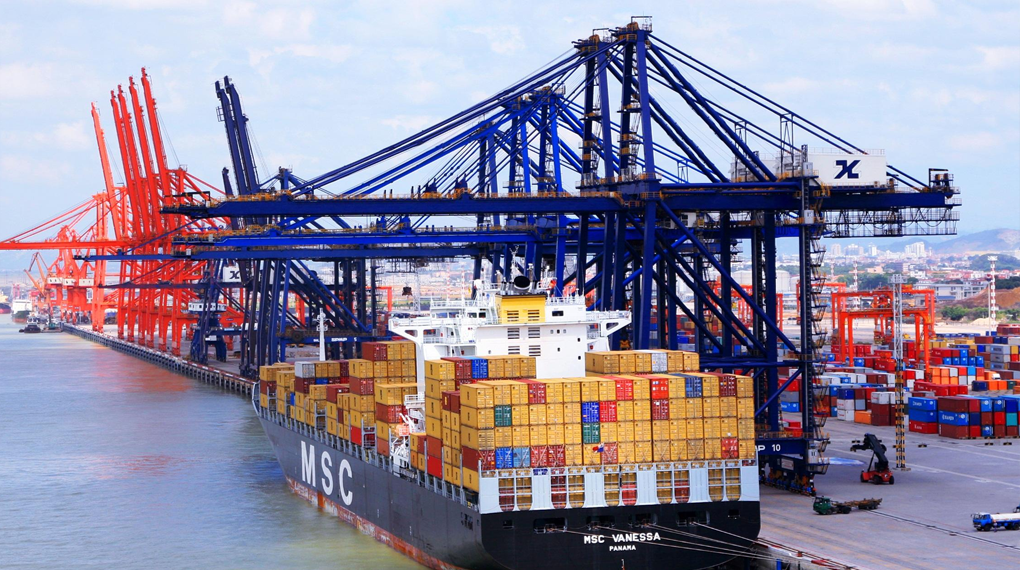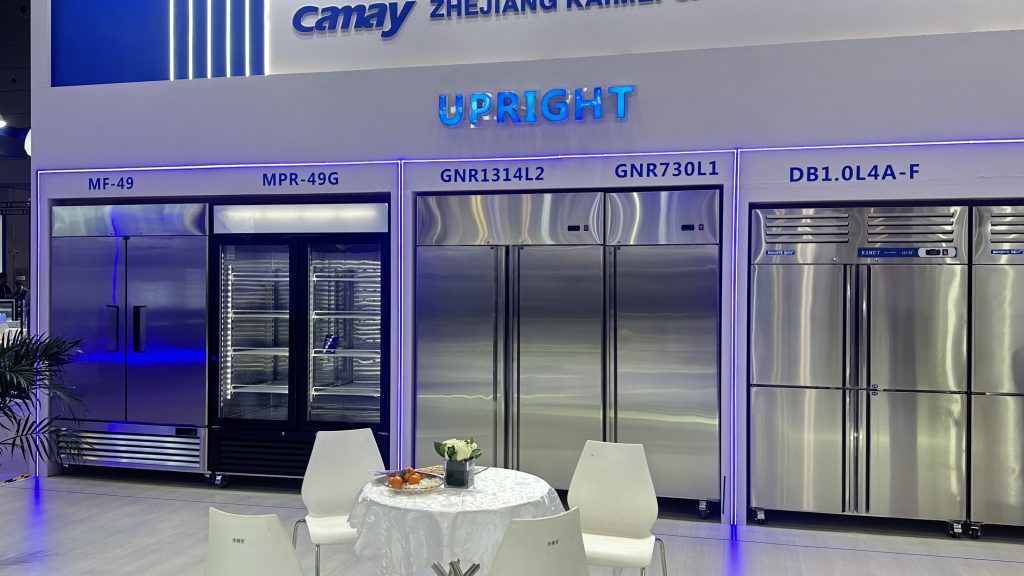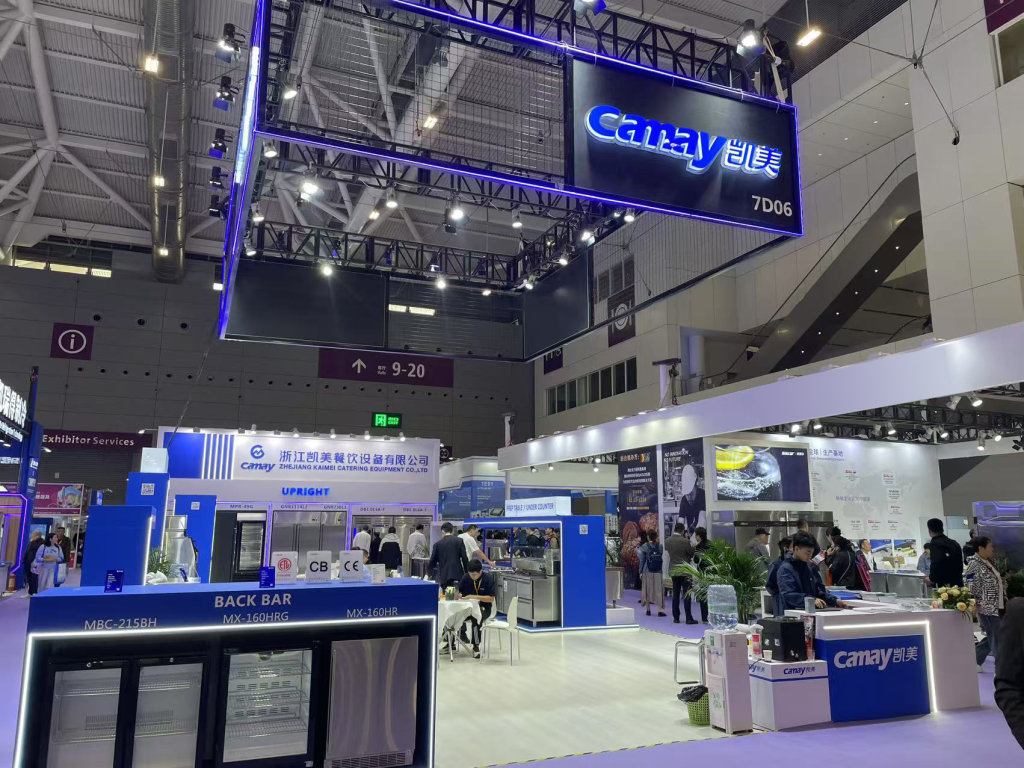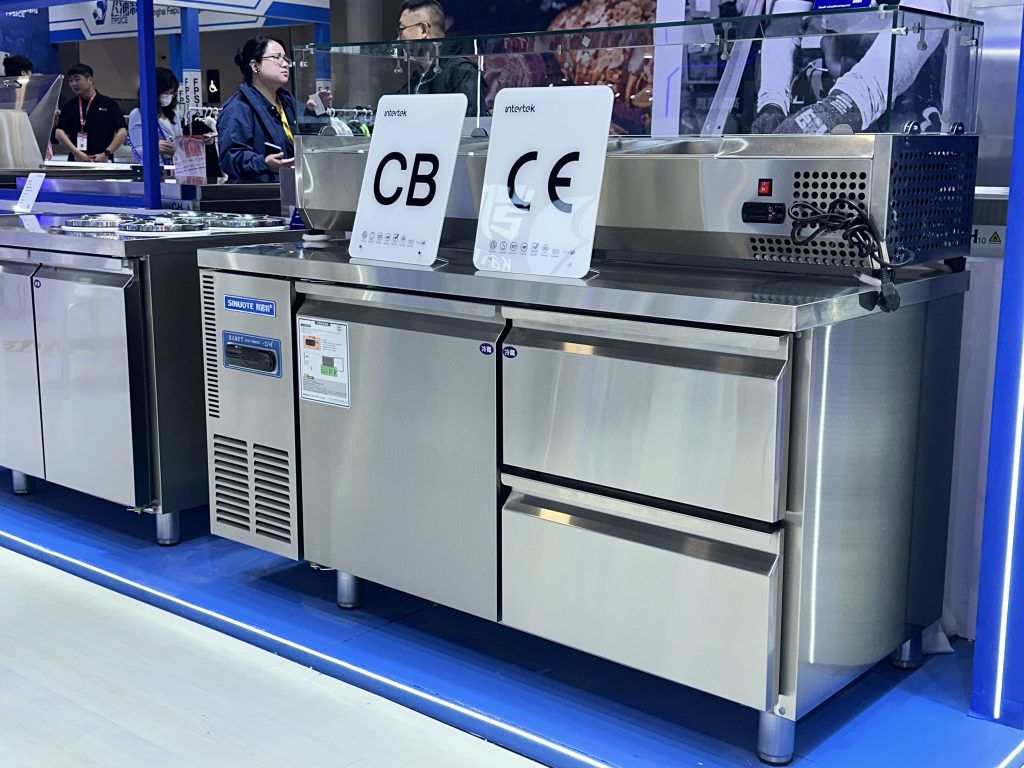
Troubleshooting steps for a commercial refrigerator that is not cooling can be carried out as follows
1. Check Power Connection: Ensure that the refrigerator’s plug and socket connection is good, and that there are no damaged or broken power cords.

2. Check Thermostat: Confirm whether the thermostat is set correctly and can regulate temperature normally. If the thermostat is faulty, it may need to be replaced.
3. Check Refrigerant: Insufficient or leaked refrigerant is a common cause of poor cooling in commercial refrigerators. Check for signs of refrigerant leakage, such as abnormal ice accumulation or unusual odors. If a leak is detected, it is recommended to contact professional maintenance personnel for inspection and refrigerant replenishment.
4. Clean the Condenser: The radiator, usually located at the back of the refrigerator, can accumulate dust and dirt that affect heat dissipation, thereby affecting cooling. Regularly clean the back to ensure good heat dissipation.

5. Check the Compressor: The compressor is a key component for cooling in commercial refrigerators, and if it fails, the refrigerator will not cool. Contact professional maintenance personnel for inspection or replacement.
6. Check the Capillary Tube: If the capillary tube is blocked, the refrigerant cannot enter the evaporator to evaporate and absorb heat, which may result in the commercial refrigerator’s interior temperature not dropping.
7. Check the Solenoid Valve: Inspect whether the solenoid valve is changing direction normally.
8. Check the Sensor: Use a multimeter to measure the resistance value of the temperature sensor to determine if it is functioning properly.
9. Check the Door Seal: Damaged or aged door seals can let cold air leak out, affecting cooling efficiency. Check if the door seal fits tightly, and if it is damaged, replace it with a new one promptly.
10. Internal Icing Issue: If a commercial refrigerator is not used for a long time or if the door seal is not good, internal icing can occur, affecting cooling efficiency. Try disconnecting the power, opening the door, and letting the ice inside melt before restarting the refrigerator.

These steps can help you systematically diagnose and address issues with a commercial refrigerator that is not cooling, and take appropriate corrective measures. If the problem is complex or cannot be resolved on your own, it is recommended to contact professional repair personnel for inspection and repair.
Keywords:
refrigerationequipment #refirgerationsystem #restaurantsupply #refrigerationappliance #uprightrefrigerator #uprightfreezer #icemaker #blastchiller
